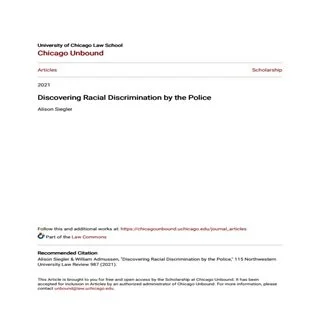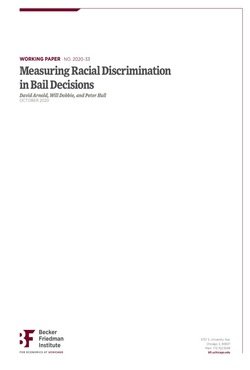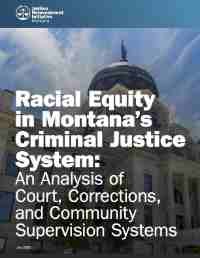By Alison Siegler & William Admussen
For decades, it was virtually impossible for a criminal defendant to challenge racial discrimination by the police or prosecutors. This was because in United States v. Armstrong, 517 U.S. 456 (1996), the Supreme Court set an insurmountable standard for obtaining discovery in support of a selective prosecution claim. Equating the roles of prosecutors and law enforcement officers, lower courts applied this same standard to claims alleging racial discrimination by the police. This high standard led courts to deny discovery and stifle potentially meritorious claims. Recently, criminal defendants have initiated a wave of challenges to “fake stash house” operations, in which federal law enforcement agencies like the ATF and the DEA approach people—overwhelmingly people of color—and induce them to rob a nonexistent drug stash house. Defense attorneys have argued that these practices constitute racially selective law enforcement and that Armstrong’s strict standard should not apply to the police. Three federal courts of appeals responded by recognizing that the differences between prosecutors and law enforcement officers merit lowering the discovery standard for defendants alleging racial discrimination by the police. This Article is the first to describe and defend this important development in equal protection jurisprudence. We argue that other courts should similarly craft a lower discovery standard.
Recognizing that federal courts hear only a fraction of race discrimination claims, this Article embraces the spirit of federalism and proposes an innovative state-level solution: a state court rule lowering the insuperable discovery standard to which most states still cling. This Article draws on a recent Washington state court rule aimed at preventing racial discrimination in jury selection to propose that state courts adopt a similar rule setting a new discovery standard for racially selective law enforcement claims. Such a rule would ensure that state-level equal protection claims are not blocked at the discovery stage, thus enabling courts to adjudicate those claims on the merits.
115 Northwestern University Law Review 987 (2021)









